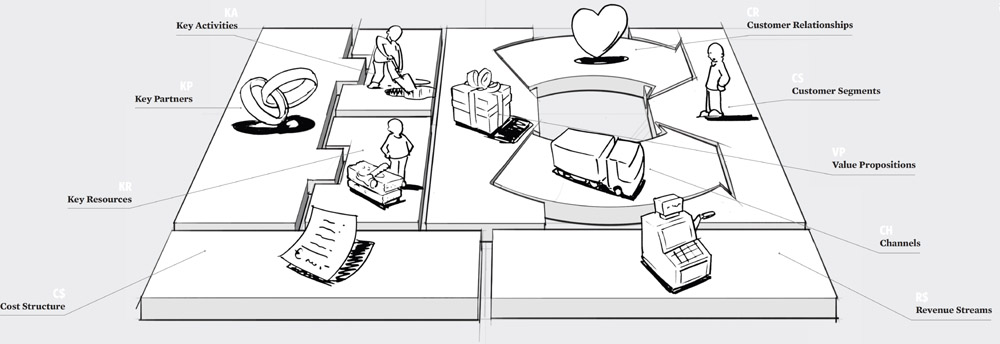- Lying to the boss
- What is a Business Strategy?
- What is a Corporate Strategy?
- What is a Product-Market Strategy?
- What is a Business Unit Strategy?
- What is CRM?
- What is Architecture?
- What is Enterprise Information Architecture?
- What is Strategic Design?
- What are business benefits and value?
- What is DevOps?
- What is Cloud Computing?
- What is a Banking Multi-Channel Architecture?
- What is Gamification?
- What is Crowdsourcing?
- What is a Segment Strategy?
- What is a Business Model?
- What is an Operating Model?
- What is a Target Operating Model (TOM)
- What are Strategic Guiding Principles?
- What is Service Design?
- What is a Customer Archetype?
- What are Digital Natives and Digital Immigrants?
- What is technology-driven change?
- What is a Digital Footprint?
- What is a Potential Trend?
- What are Cloud Standards?
- What is VisaNet?
- What is User Context?
- What are IBM CCRA and CCMP?
- What is PCI DSS Compliance?
The standard definition for “business model” is an articulation of how an organization creates, delivers and captures value.
Business Model Generation breaks a business model down into 9 building blocks:
- Customer Segments
- Value Propositions
- Channels
- Customer Relationships
- Revenue Streams
- Key Resources
- Key Activities
- Key Partnerships
- Cost Structure.
They organize it all into a “business model canvas” and provide useful and entertaining artwork (see below).

Pingback: Alan’s Reading List Summary | Alan Street
Pingback: Why this blog? | Alan Street
Pingback: Segment Strategy: Why so many perspectives? | Alan Street
Pingback: Google AdWords and AdSense | Alan Street
Pingback: Strategy: How it all fits together | Alan Street
Pingback: Trends: What do we look for? | Alan Street
Pingback: exampleBank – Business Unit Strategy for Consumer Banking USA | Alan Street
Pingback: Forces: What do we consider? | Alan Street
Pingback: Doing Strategy: What is in a Strategy? | Alan Street